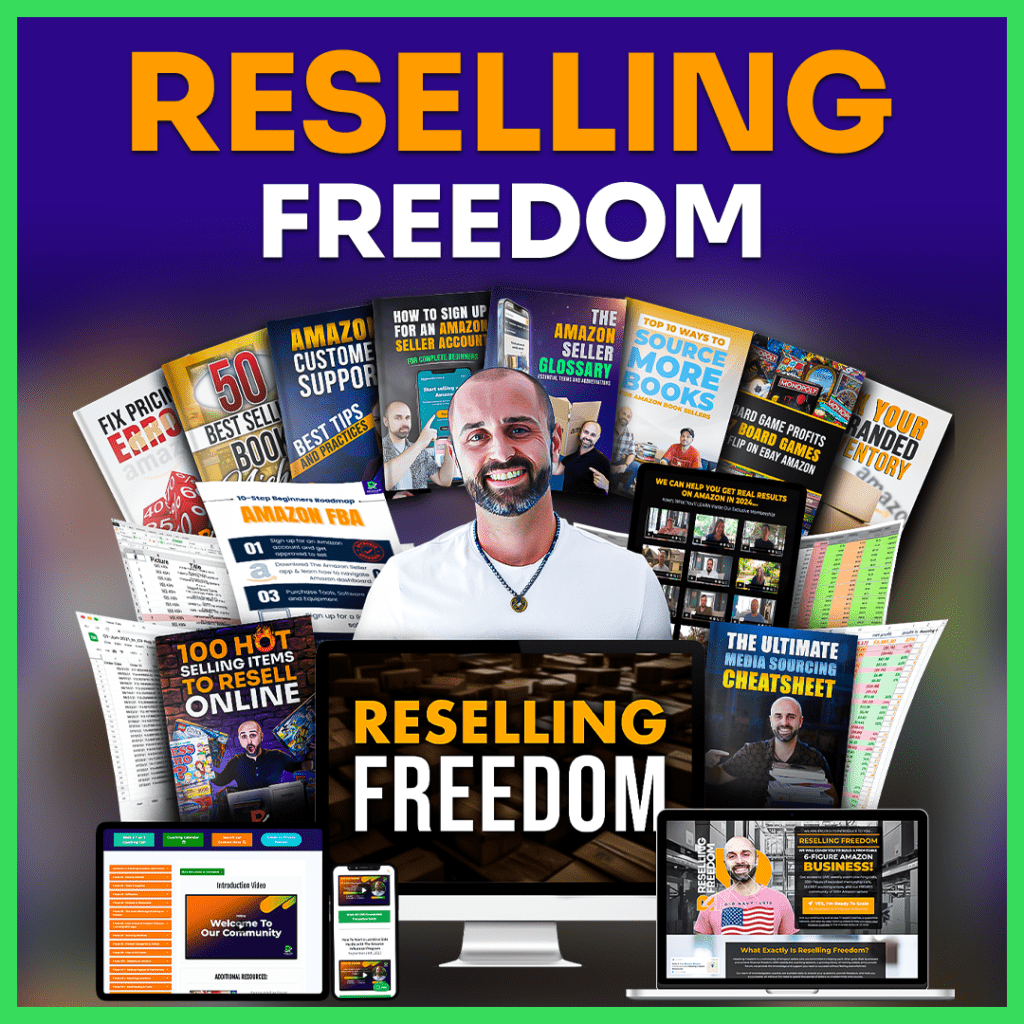
One thing I’ve been thinking about lately is this: why are some sellers absolutely crushing it with eBay to Amazon while others can’t seem to get past a few thousand dollars a month?
Inside our software Replen Catcher which helps people find undervalued deals on eBay to flip on Amazon, I see both sides of the spectrum every single day.
We’ve got sellers doing half a million to over a million in sales a year, flipping products from eBay to Amazon at scale.
Then we’ve got people who struggle to break $5K–$10K a month no matter how hard they try.
So what’s the difference?
Is it luck?
Is it timing?
Is it some secret strategy that only a few people know?
The truth is, it’s none of those things.
After doing this business myself for the last 5+ years, and working with hundreds of other sellers, I’ve noticed clear patterns that separate the top earners from the ones who stay stuck.
Today, I want to break down the seven biggest differences I see between sellers who scale to six and seven figures and those who struggle to make consistent income.
1. Capital
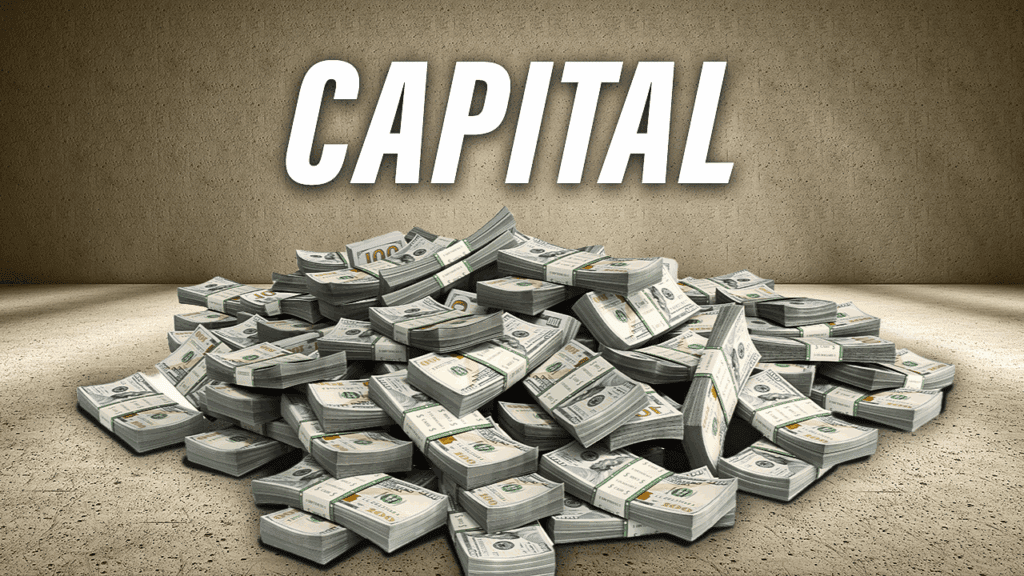
If you want to grow, you need money to invest in inventory.
A lot of people don’t want to hear that, but it’s the truth.
The sellers who are scaling are spending money consistently.
If you don’t have capital, your growth is going to be slower and that’s okay, but you need to accept it.
The best thing to do in that situation is to start small: thrift stores, garage sales, local flips.
Build up your capital through those low-cost opportunities and then roll the profits back into the business.
On the other hand, if you do have capital, you can’t sit on it.
The people doing $500K+ are turning over their money again and again by buying profitable inventory with Replen Catcher.
It’s not luck.
They’re actively reinvesting into more products every single week.
Without capital, sales can’t grow because you have nothing to sell.
With capital, growth is simply a matter of how often you’re willing to put that money back into inventory.
2. Getting Ungated
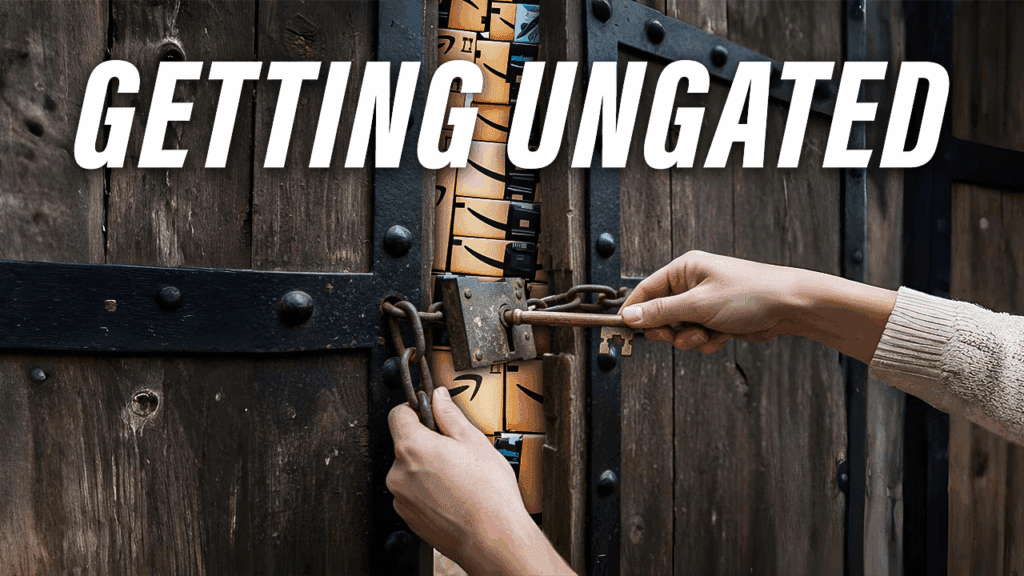
The sellers who are crushing it are taking the time to get ungated.
That might mean buying products and getting invoices or using Replen Catcher to get auto-ungated.
Either way, they’re not ignoring it.
They’re unlocking more and more categories so they can sell a wider variety of products.
This step is huge.
If you’re gated in half the categories that pop up, your opportunities are cut in half before you even start.
The top sellers see restrictions as temporary roadblocks that can be removed, not as dead ends.
They go through the process, invest a little money if needed, and come out with more freedom to buy and sell.
The people who avoid ungating stay stuck because they’re constantly hitting walls when trying to buy profitable items.
3. Actually Buying Products
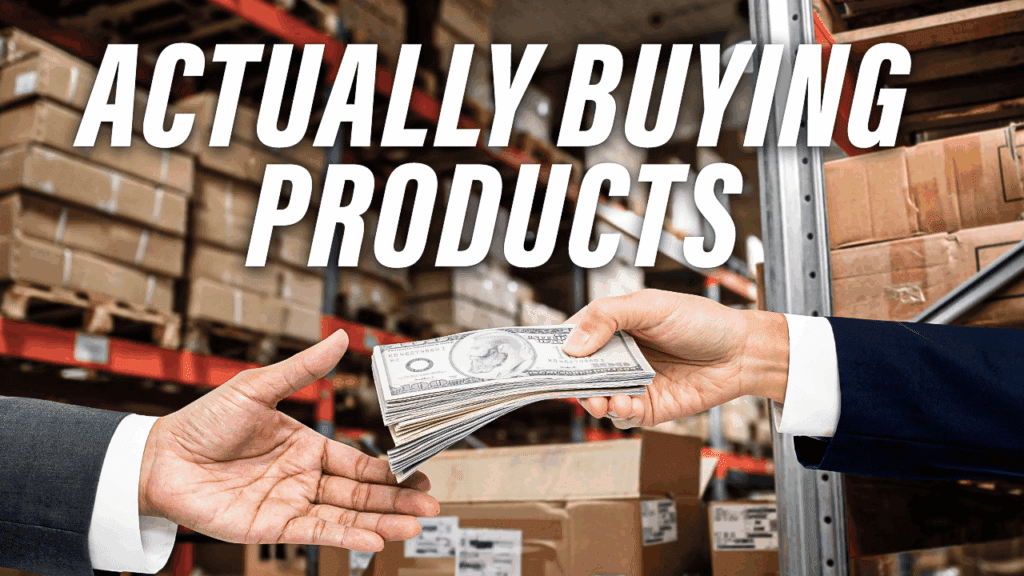
A big difference I see is that some people spend hours “window shopping” but don’t actually buy.
They set filters like $30 profit and 100% ROI, and when nothing pops up instantly, they log off frustrated.
That’s not how this works.
The sellers winning are in the game every day, making offers, testing buys, and slowly stacking up wins.
They’re not waiting for unicorn deals.
They’re comfortable buying solid 50–70% ROI products.
They’re building momentum.
Over time, they develop the skill to spot those hidden gems, but they only get there by actually buying, learning, and repeating the process.
The people who are struggling usually quit too fast or wait for deals that rarely come.
4. Building A Replens List
The live stream deals are great, but there are hundreds of people watching those same deals every day.
The sellers doing hundreds of thousands in sales aren’t just relying on the live stream.
They’re building their own replens list.
What does that mean?
They track items that sold well once, test them again, and eventually create a personal database of products they can keep going back to.
Over time, 70–80% of their buys come from their replens list, not the live stream.
This gives them consistency, stability, and a foundation to scale.
If you’re not building your own list, you’ll always be competing with everyone else for the same handful of deals.
If you want a list of 250 items I consistently flip from eBay to Amazon you can download it here.
5. Analyzing Deals with Confidence
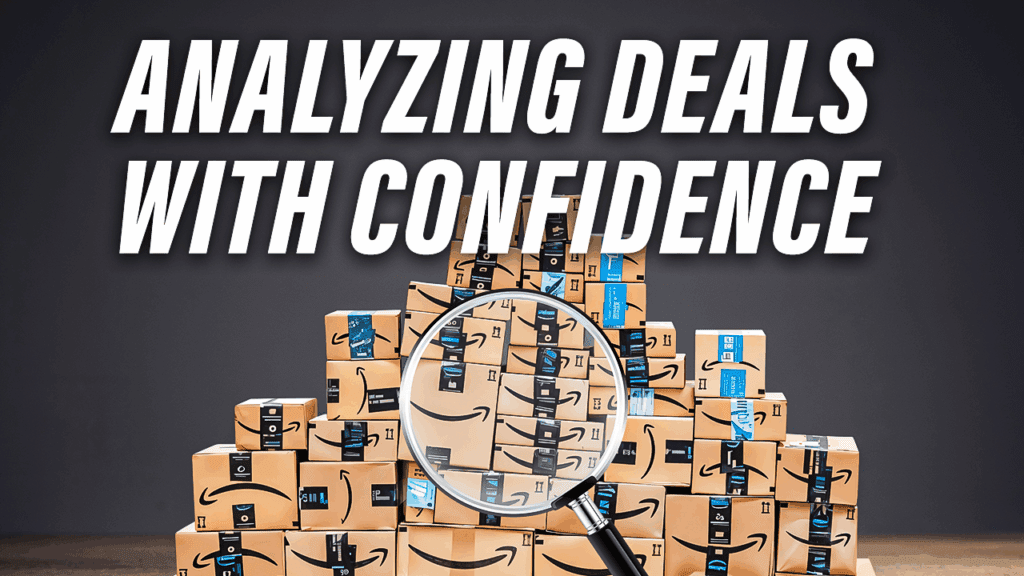
The top sellers know how to break down a deal.
They understand Keepa charts, they know how to use SellerAmp, they can spot true sales trends versus fake spikes, and they understand the numbers behind ROI and profit.
That confidence only comes from practice.
The ones who struggle often avoid this learning curve.
They don’t study, they don’t put in the reps, and they hesitate to buy because they don’t trust their own judgment.
The problem is, you can’t outsource confidence.
You have to earn it by analyzing hundreds of deals, making mistakes, and learning what works.
The sellers at the top have done this, and that’s why they’re decisive and consistent when it comes to buying.
6. Outsourcing or Doubling Down
At some point, every successful seller figures out how to scale their time.
Some hire VAs, use prep centers, or build small teams to handle the work.
Others double down as a solo seller and simply get extremely efficient at their own system.
I know a seller on pace for a million in sales with over $200K in profit who does everything himself.
He’s merchant fulfilled, works about five hours a day, and has built a system that works for him.
The point is, whether you outsource or not, you can’t stay in “trial mode” forever.
You either need to delegate tasks so you can focus on growth, or you need to specialize and go deeper into what you already do well.
Both paths work, but you need to choose one and commit.
If you want to hire your fire virtual assistant I recommend using this website.
It’s how I hire all my virtual assistants for my Amazon business in the Philippines at affordable rates.
7. Higher Ticket Products

The sellers who scale often move into higher priced products.
We’re talking about items that sell for $80, $100, even $150+.
This does require more capital and more confidence in your buying skills, but the payoff is huge.
When you raise your average selling price, you do less work for more money.
Fewer shipments, fewer listings, fewer customer service issues, and higher profit per sale.
If you’re stuck grinding $10–$20 items, it’s going to take a lot more effort to hit six figures.
Once you start moving into higher ticket products, the math shifts in your favor.
The bottom line is this:
The bottom line is this: the people crushing it are putting in money, time, and effort.
They’re consistently reinvesting capital, unlocking categories, buying products, building replens lists, analyzing with confidence, and scaling their systems.
The people stuck at $5K–$10K usually aren’t doing those things yet.
That’s okay. Everyone’s at a different stage. But if you want to scale, these are the areas you need to focus on.
If you enjoyed this breakdown and want to learn more strategies to grow your Amazon business, make sure to check out my YouTube channel, Raiken Profit, where I share free videos every week.
And if you’re ready to start flipping items from eBay to Amazon right now, the best place to begin is with Replen Catcher.
You can instantly start sourcing from hundreds of thousands of deals, and if you use the code REPLEN10 at checkout, you’ll save 10% off your membership.
Start learning, start sourcing, and start scaling.


